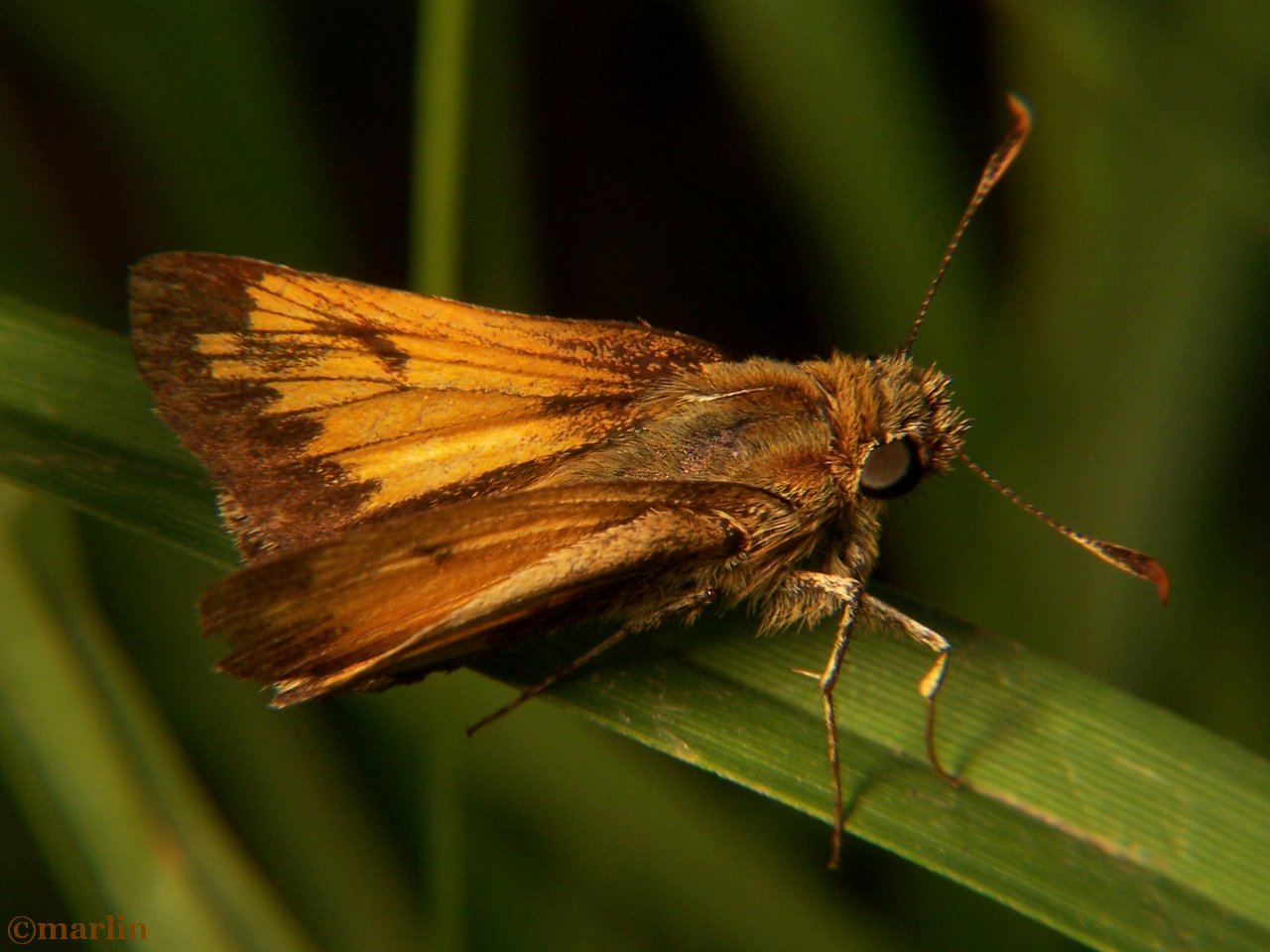
Tawny-edged Skipper - Polites themistocles Persius Duskywing Skipper - Erynnis persius Wild Indigo Duskywing - Erynnis baptisiae Silver-spotted Skipper - Epargyreus clarus Pepper and Salt Skipper - Amblyscirtes hegonĬommon Roadside-Skipper - Amblyscirtes vialisĪrctic Skipper - Carterocephalus palaemon


Fish and Wildlife species profile.Īfrica Asia Australia/Oceania Europe North America South America NH Click for More Info Click for Image New Hampshire Species Threatened in US Endangered in US Introduced Status and range is taken from ICUN Redlist. Least Concern Near Threatened Vulnerable Endangered Critically Endangered Extinct in Wild Extinct Not Enough Data There are over 300 species of skippers found in North America. They eat a variety of grasses and leaves. Most species have a large, thick thorax and small wings.The larvae of skippers and darters usually feed at night. The ends of their clubbed antennae hook backwards. Like other butterfly species, they have clubbed antennae, and they are active during the day. When they are at rest, the species in this family rest their wings on their backs like moths, not vertically like most species of butterflies. Most skippers are brown or gray and are often confused with moths. Skippers are usually duller in color than most species of butterfly. They tend to skip from place to place with very fast wing movement!

They get the name "skipper" from their flight pattern. There are about 4,000 species of small to medium sized butterflies in this family.


 0 kommentar(er)
0 kommentar(er)
